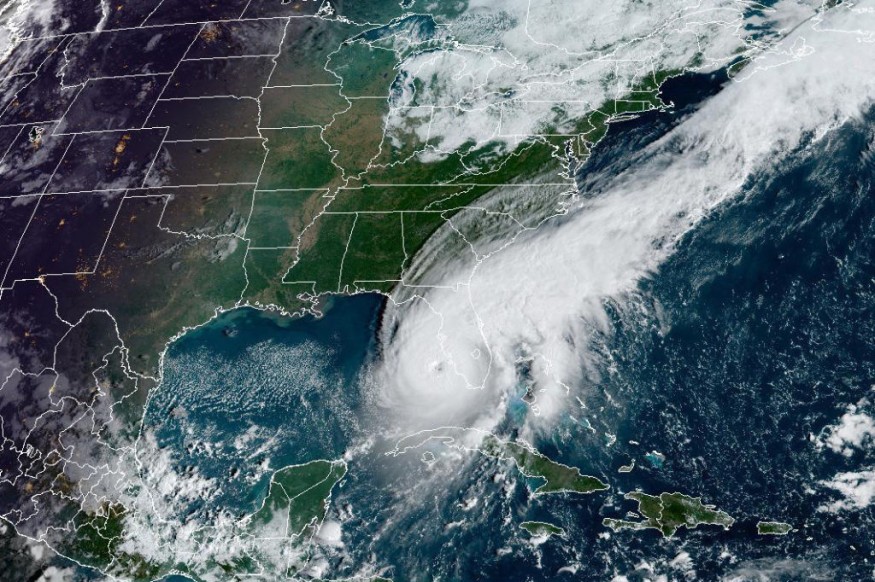Tropical Storm Martin formed over the open Atlantic Ocean on Tuesday, November 1, joining Tropical Storm Lisa as the 2022 Atlantic hurricane season remains active even if its end draws near by the end of the month.
Both storms can affect some portions of the Caribbean region and even the southern coastline of the United States, which is still recovering from the destruction left behind by Hurricane Ian last month.
Tropical Storm Martin

AccuWeather meteorologists stated Tropical Storm Martin formed as a product of the same weather system that brought heavy rain and flooding to Puerto and the United States Virgin Islands last week.
Martin is currently located northeast of Bermuda as of Tuesday and is projected to move in a northeastward pattern later in the week.
Meanwhile, Tropical Storm Lisa is currently in the western Caribbean Sea, and storm alerts for the Atlantic storm reportedly shows the possibility it could become a hurricane before striking Central America.
The risk of a potential hurricane upgrade is still the same case for Martin.
Also Read: Atlantic System Possible to Become 2022's First Hurricane: Tropical Storm Warnings Issued
Hurricane Ian
The formation of tropical storms Martin and Tropical Storm Lisa came approximately a month after Hurricane Ian made landfall in southwestern Florida in late September and until early October.
Ian caused coastal erosion or coastal flooding due to powerful hurricane force winds and widespread flooding due to heavy rain. The path of destruction by Ian caused the deaths of at least 114 people in Florida, according to The New York Times.
In this week's forecast, meteorologists are not expecting the ongoing storms to reach the magnitude of lan; with Martin projected to be a short-lived storm, while Lisa is set to strike Belize as the sixth hurricane of the season by Wednesday evening, November 2.
2022 Atlantic Hurricane Season
The Atlantic hurricane season spans from June 1 to November 30, a period when there is an increased risk of formation of hurricanes, as well as unnamed and named storm systems.
The 2022 season is the current cycle of the "annual tropical cyclone season," which is interchangeably used to pertain to storm-related weather systems in the Atlantic Ocean in the Northern Hemisphere.
The frequency and intensity of the weather phenomena in the said region vary each year.
However, previous reports in recent years show that Atlantic storms and hurricanes have somehow a common trajectory of affecting the United States and countries in the northern tip of South America, Caribbean region, and Central America.
It can be recalled that the National Oceanic and Atmospheric Administration (NOAA) in May 2022 report issued a long-term forecast, showing there will be an above-normal 2022 Atlantic hurricane season due to warm temperatures and the La Nina climate pattern.
In an August 2022 news release, the NOAA still retained its initial forecast for the current Atlantic season, highlighting that "atmospheric and oceanic conditions" still set the stage of increased chances of stronger storms compared in previous years. In addition, the NOAA urged the public to remain vigilant, especially during the peak months.
© 2025 NatureWorldNews.com All rights reserved. Do not reproduce without permission.

